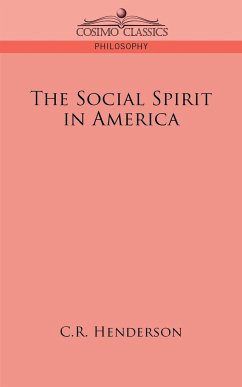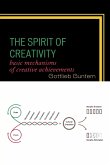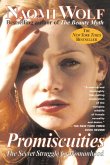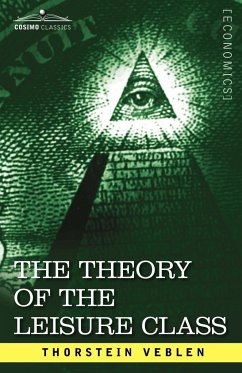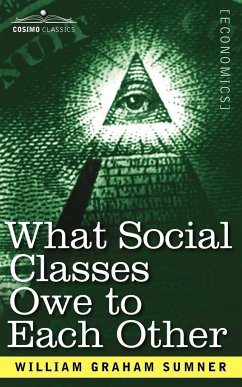In New York City, in a population of 255,033 persons, only 306 had access to a bathroom in the houses in which they lived. In the old, dilapidated, filth-soaked, dark, unventilated buildings the death-rate among children under five years of age ran up to 254.4 in a thousand, while under wholesome conditions it might be reduced to thirty in a thousand. Christendom still shudders when it reads of Herod's "slaughter of the innocents," but that butchery was insignificant in proportions when compared with the murderous effects of city tenement life. -from "Better Houses for the People" Before muckrakers like Upton Sinclair came upon the scene, C.R. HENDERSON, an associate professor of sociology at the University of Chicago, published this assessment of the state of American society for the poorest of the poor, the most downtrodden of the neglected. First published in 1897, it examines everything from the sorry state of women in the workforce and the terrible conditions of tenement life to the necessity of keeping city roads and sidewalks in fine condition and the vital need for civic-sponsored arts and recreation... and then offers suggestions and ideas for religious organizations to help enact municipally minded change for the betterment of all. This is a fascinating look at the spirited and enthusiastic approach to reform that fired early-20th-century social activists. OF INTEREST TO: students of social history, readers of religious activism

